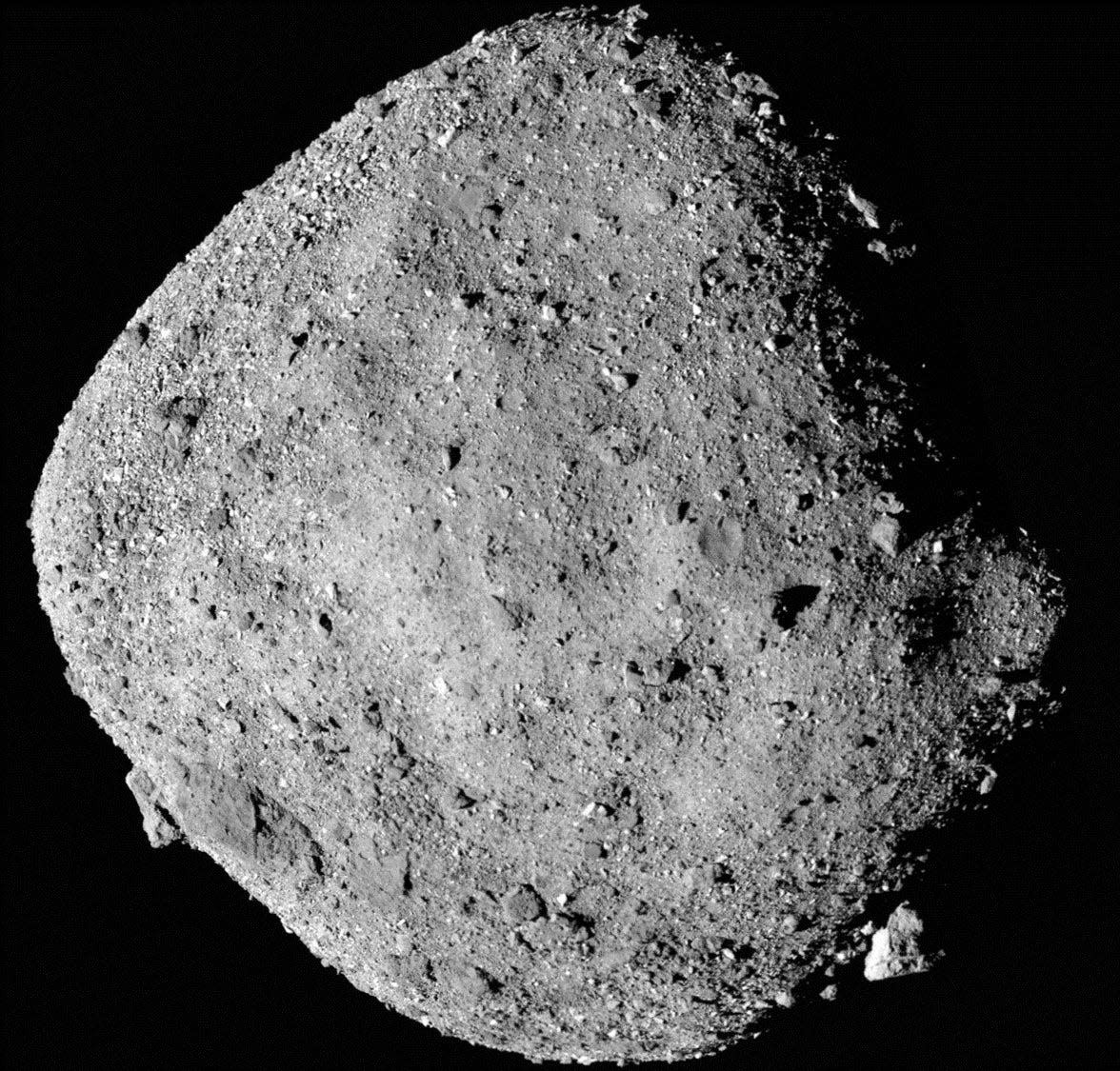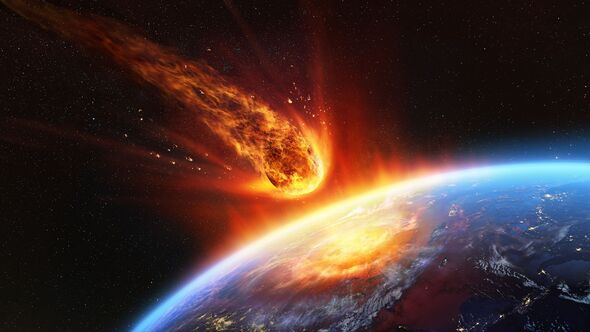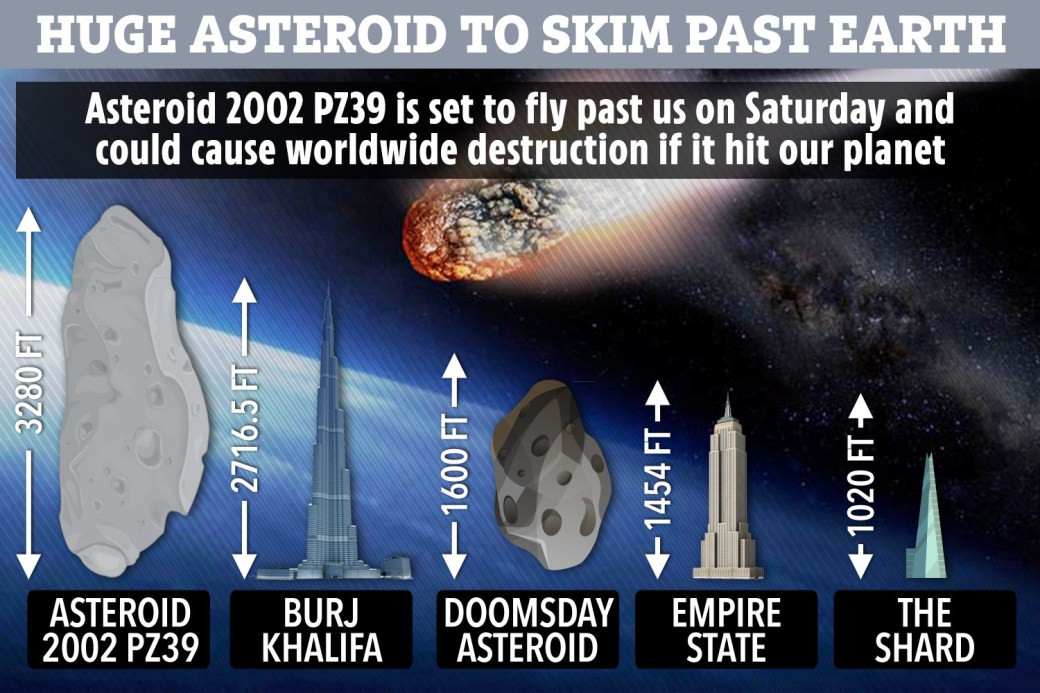City-Killer Asteroid 2024 YR4: A Looming Threat?
The risk of a devastating asteroid impact is a subject that has captivated scientists and the public alike. Recently, the asteroid 2024 YR4 has emerged as a significant concern, with its probability of colliding with Earth in 2032 rising to a record high. This has spurred global discussions on planetary defense and the potential consequences of such an event.
The Rise of the Threat
First detected on December 27, 2024, by the El Sauce Observatory in Chile, asteroid 2024 YR4 quickly gained attention due to its trajectory and size. Initial projections gave the asteroid a little more than a 1% chance of impacting Earth on December 22, 2032, but those odds have dramatically increased. Current estimations place the probability of impact at 3.1%, surpassing the risk once associated with the infamous Apophis asteroid. While this probability still suggests a relatively low likelihood of impact, it's the highest risk level ever recorded for an asteroid of this size in modern forecasting, making it a noteworthy concern.
Comparing the Risk
The asteroid YR4's chances of impact now exceed the odds that Apophis once had of colliding with Earth. When Apophis was first spotted two decades ago, it initially carried a 2.7% chance of impacting Earth during its 2029 flyby – then a record. A radar observation campaign in March 2021, combined with precise orbit analysis, eventually allowed astronomers to determine that Apophis poses no risk of crashing into Earth for at least a century. While YR4's impact odds have unseated Apophis, the larger asteroid still briefly hit a higher rating of 4 on the Torino Scale.
The Potential Impact
Even though asteroid 2024 YR4 is relatively small, measuring between 131 and 295 feet in diameter, an impact with Earth could still cause significant devastation, particularly if it were to hit a populated area. According to the Planetary Society, an impact could create an explosion in the atmosphere or an impact crater, causing severe damage on the ground. Though it wouldn't be a mass extinction event like the impact that wiped out the dinosaurs, the destruction in the impact zone could be catastrophic. The energy released would be equivalent to roughly 500 times the power of the atomic bomb dropped on Hiroshima.
Possible Impact Locations and Planetary Defense
The International Asteroid Warning Network has identified a range of possible impact locations, including both sparsely populated and densely populated areas. These locations stretch across the eastern Pacific Ocean, northern South America, the Atlantic Ocean, parts of Africa, the Arabian Sea, and South Asia. This broad range underscores the uncertainty inherent in predicting asteroid trajectories and highlights the need for continued observation and improved modeling.
The alarming increase in impact probability has prompted renewed focus on planetary defense strategies. NASA's Double Asteroid Redirection Test (DART) successfully demonstrated the feasibility of altering an asteroid's trajectory by colliding a spacecraft into it. This success provides a blueprint for future missions aimed at deflecting potentially hazardous asteroids. Other methods under consideration include using a spacecraft's gravity to subtly alter an asteroid's course, or using focused laser beams to vaporize a portion of the asteroid and create a propulsive effect. While a nuclear option remains a last resort, research continues in this area as well.
Deflection Strategies
Several techniques are being explored to deflect 2024 YR4 should the need arise. These include: the kinetic impactor method (similar to DART), where a spacecraft is deliberately crashed into the asteroid to alter its path; a gravity tractor, which uses a spacecraft's gravitational pull to slowly nudge the asteroid off course; and ion beam shepherding, using a constant stream of ions to gently push the asteroid. A nuclear option, though a last resort, remains a possibility.
The Path Forward
While the increased impact probability of 2024 YR4 is concerning, it's crucial to maintain perspective. The 3.1% chance of impact, while a new record, still indicates a high likelihood of the asteroid missing Earth. Scientists continue to gather data, and these odds are expected to fluctuate further before settling on a definitive outcome. The James Webb Space Telescope will play a crucial role in refining our understanding of the asteroid’s trajectory and size in the coming weeks before it becomes unobservable until 2028.
The situation underscores the importance of continued monitoring, advanced modeling, and the development of robust planetary defense strategies. International collaboration is essential to ensure a coordinated response to potential threats from near-Earth objects. Though the threat is real, the possibility of an impact remains low. The focus now turns toward gathering more data and leveraging the advancements in planetary defense technology to mitigate any potential risks.
Awaiting the Verdict: Observing the Cosmic Dance
The asteroid 2024 YR4 will remain visible from Earth for a few more weeks, giving astronomers a valuable window of opportunity to gather additional data using ground-based telescopes and the James Webb Space Telescope. This data will be crucial for refining the impact probability calculations and informing any potential planetary defense strategies. While a definitive answer may remain elusive until 2028, when the asteroid will again be visible, the ongoing efforts to monitor, track, and understand 2024 YR4 exemplify the commitment of the international scientific community to safeguard our planet from such potential threats. The current situation, while warranting attention and further investigation, is not a cause for immediate panic. The scientific community remains vigilant, and preparations for various scenarios are underway.



















